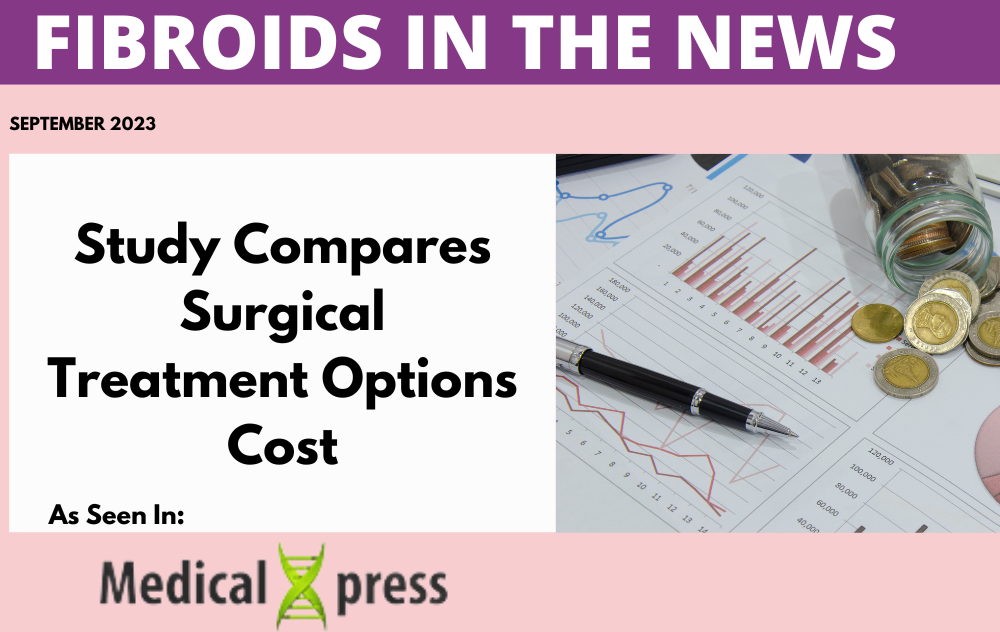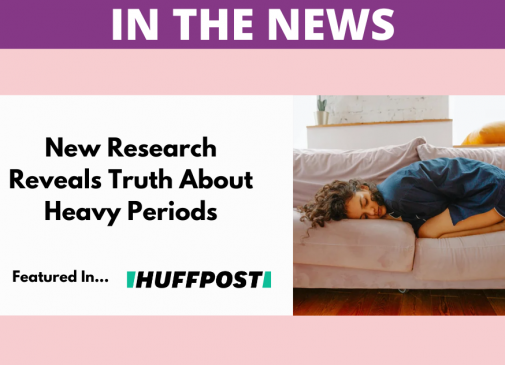
In a recent study published in Medical Express, researchers compared the cost-effectiveness of surgical treatments for uterine fibroids.
Surgery is the most frequent treatment for uterine fibroids. However, procedures like hysterectomies and myomectomies can have severe side effects, which may include loss of fertility or potential damage to other vital organs.
Interventional radiologists at USA Fibroid Centers recommend Uterine Fibroid Embolization (UFE), a proven, non-surgical treatment that can shrink existing fibroids and relieve symptoms. In addition to doing less damage to the body than surgery, UFE involves no surgery and preserves fertility. Because UFE is offered as an outpatient procedure, it is more cost-effective than myomectomy and hysterectomy.
The study conducted at Mayo Clinic compared myomectomy to two versions of hysterectomy: one where the ovaries remain and another where they are removed. During a hysterectomy, the uterus is removed. A myomectomy only removes the fibroids. Previous studies discovered that myomectomy does not increase the risk of coronary artery disease compared to hysterectomy. Previous research has shown that treating uterine fibroids with a hysterectomy increases the chance of coronary artery disease by as much as 33% compared to a myomectomy. The study concluded that myomectomy provided a more cost-effective option to patients overall.
The study did not include less invasive fibroid treatments like laparoscopic radiofrequency ablation, Acessa and uterine fibroid embolization (UFE). These outpatient treatments are more cost-effective since a hospital stay is not required. They have shorter recovery times than hysterectomy or myomectomy. Acessa destroys fibroids with heat directed into the tumor, leaving surrounding tissue untouched. UFE causes the fibroids to shrink after blocking the blood supply.
The study’s lead author cautions that treatment is not a one-size-fits-all scenario and that patients should discuss their options with their physicians. Some factors to consider are the desire to have children in the future and symptom severity.
About a quarter of women with uterine fibroids experience heavy menstrual bleeding, pelvic pain and pregnancy complications. Even after surgery, there may be a need for additional medication.
Removing all fibroids during a myomectomy may not be possible, and new fibroids can develop after the surgery. The researchers encourage patients to speak with their physician about what to do if this happens.
The researchers recommend that future cost-effectiveness studies evaluate the risks of mental illness, obesity, and metabolic conditions after treatment since these conditions are more frequent among women who have had a hysterectomy.
Learn more about fibroid treatment, and use our fibroid symptom checker.







